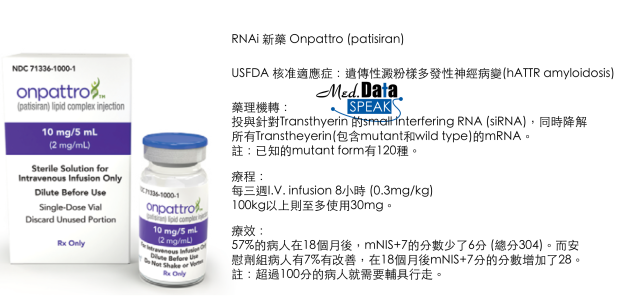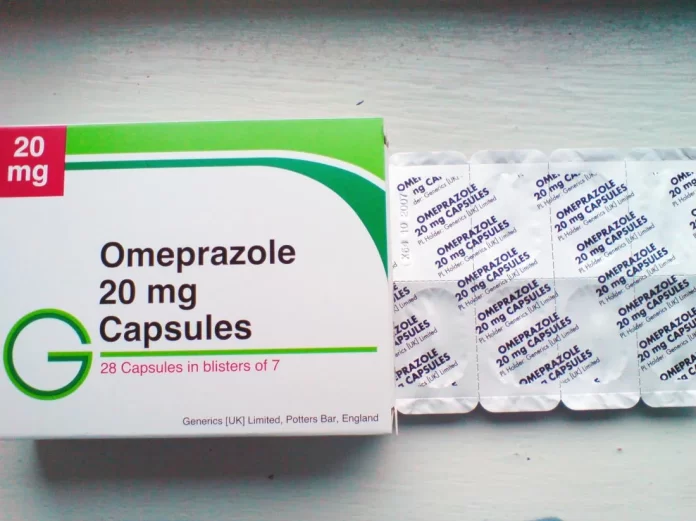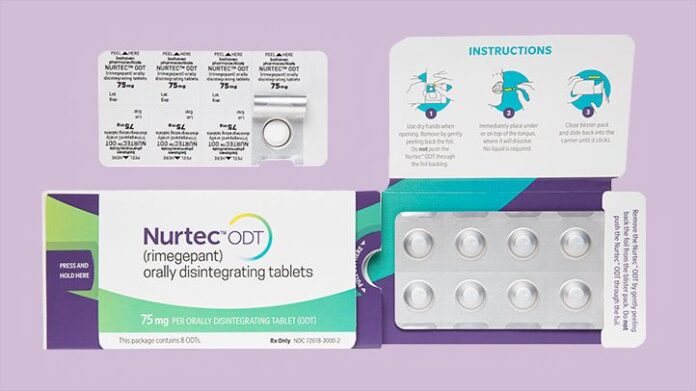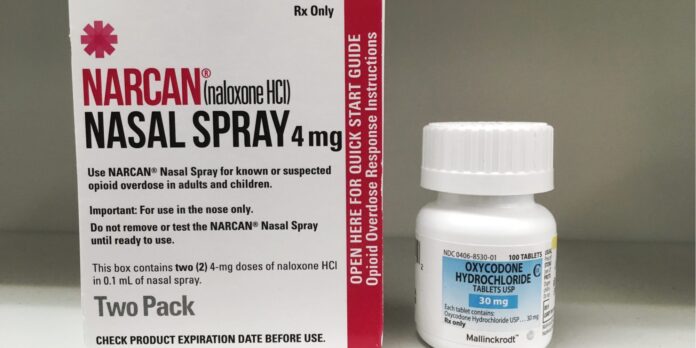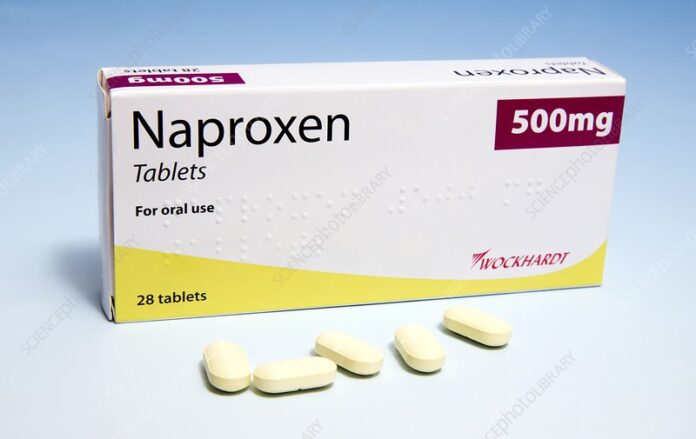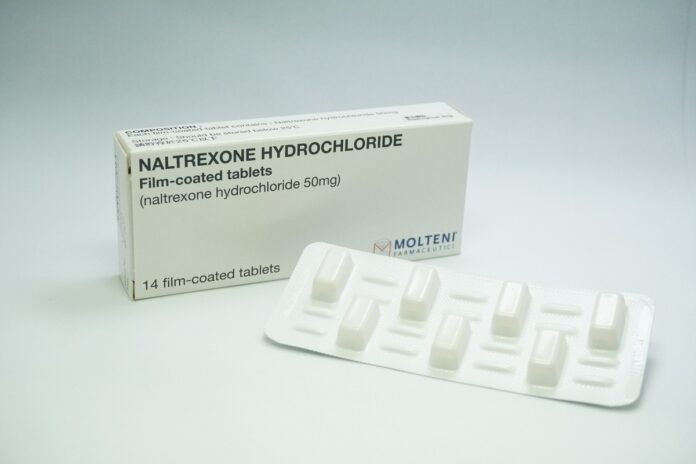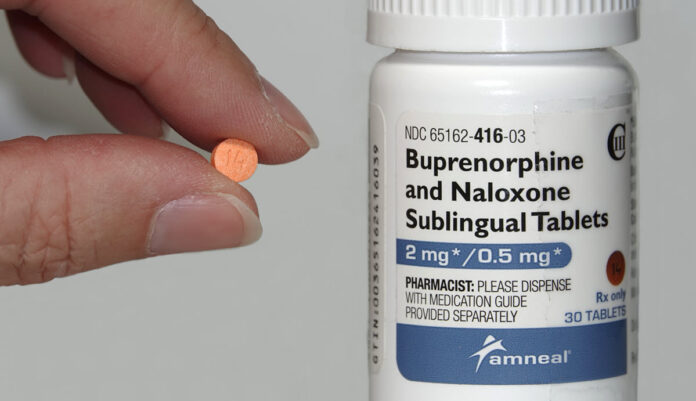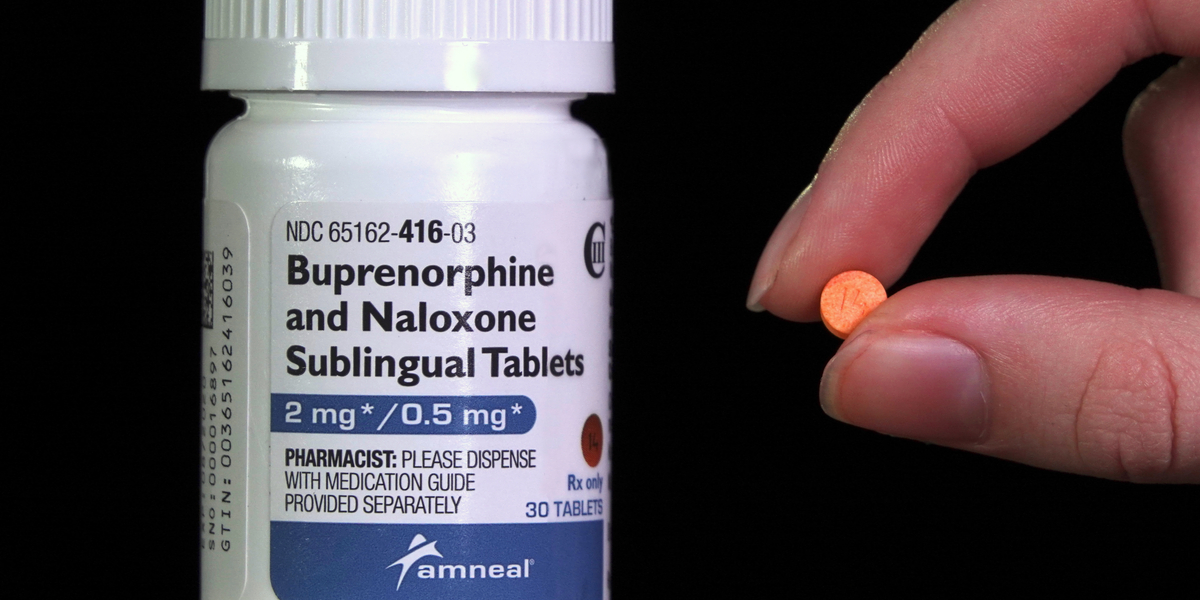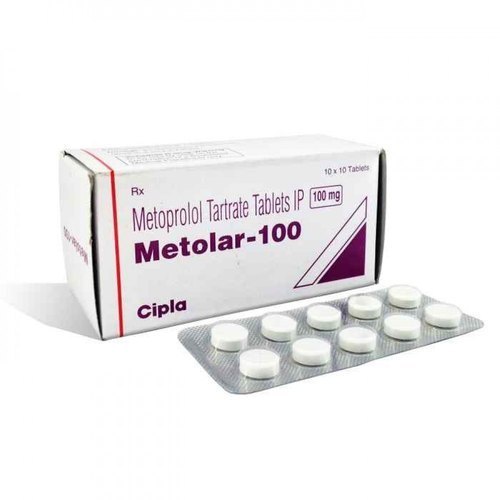Ozempic (semaglutide) is a prescription medication used to manage blood sugar levels in adults with type 2 diabetes. It belongs to a class of drugs called glucagon-like peptide-1 (GLP-1) receptor agonists. Here’s an overview of the uses, benefits, common symptoms, and potential side effects of Ozempic: Ozempic Tablet Uses Benefits and Symptoms Side Effects

Uses:
Ozempic is primarily used for the treatment of type 2 diabetes in adults. It is typically prescribed in conjunction with diet and exercise to help improve glycemic control. Type 2 diabetes is a chronic condition characterized by high blood sugar levels due to insulin resistance and impaired insulin secretion.
Benefits:
Ozempic provides several benefits for individuals with type 2 diabetes, including:
- Blood Sugar Control: Ozempic helps lower blood sugar levels by stimulating insulin release, reducing glucagon secretion, and slowing down stomach emptying. This helps to regulate blood sugar levels and improve glycemic control.
- Weight Management: Ozempic has been associated with weight loss in many individuals. It can help reduce body weight by suppressing appetite and promoting feelings of fullness.
- Cardiovascular Risk Reduction: Clinical studies have shown that Ozempic can reduce the risk of major adverse cardiovascular events, such as heart attack, stroke, and cardiovascular death, in individuals with type 2 diabetes who have a high cardiovascular risk.
Symptoms:
The symptoms that Ozempic helps alleviate are related to high blood sugar levels and the management of type 2 diabetes, including:
- Frequent urination
- Excessive thirst
- Fatigue or weakness
- Blurred vision
- Slow-healing wounds
- Tingling or numbness in the hands or feet
Side Effects:
Like any medication, Ozempic may cause side effects in some individuals. Common side effects may include:
- Nausea
- Vomiting
- Diarrhea
- Constipation
- Abdominal pain
- Headache
- Fatigue
- Decreased appetite
Less common but potentially
serious side effects can occur, and it’s important to seek medical attention if any of these symptoms occur:
- Severe allergic reactions (e.g., rash, itching, swelling, severe dizziness)
- Pancreatitis (severe abdominal pain, persistent nausea/vomiting)
- Gallbladder problems (abdominal pain, nausea, vomiting)
- Thyroid tumors (neck swelling, hoarseness, difficulty swallowing)
It’s important to note
that this is not an exhaustive list of side effects, and individual experiences may vary. If you have concerns or questions about Ozempic or its side effects, it’s recommended to consult your healthcare professional, who can provide personalized advice based on your medical history and current condition.
Ozempic Tablet Uses Benefits and Symptoms Side Effects what is Ozempic drug Ozempic Tablet in hindi what is Ozempic drug Ozempic Tablet in hindi




